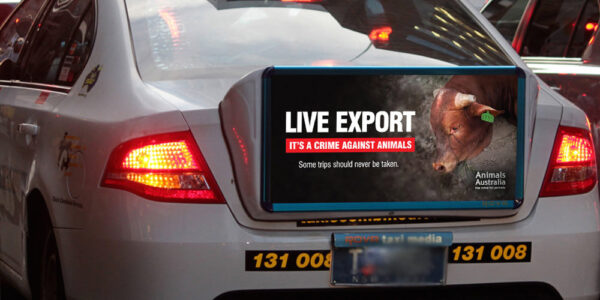In this interview, Animals Australia staff member Lucy and animal advocate Kathleen share some of the rewards and challenges of fostering…
What does a foster carer do?
Lucy — As a foster carer, you provide a temporary and loving home for a dog or cat until they can be adopted. Sometimes that’s only a week or two, or sometimes it’s for several months — but you arrange that with the rescue group.
Sadly, nearly 200,000 Australian dogs and cats are put down each year because they are unwanted. All across Australia, rescue groups work really hard to find homes for as many of these needy companion animals as possible, and they rely on volunteer foster carers to help them do so. With many pounds and shelters unable to keep animals for long because of constant new arrivals, foster carers are literally the difference between life and death for these dogs and cats.
Kathleen —A foster carer is responsible for feeding the animal, providing bedding, keeping their living area clean, giving them medication if they’re sick, and of course, providing lots of love! The rescue group pays for any veterinary services the animals need, and advertises to find permanent homes for them. All of the animals are vaccinated, microchipped, and desexed before they’re rehomed.










